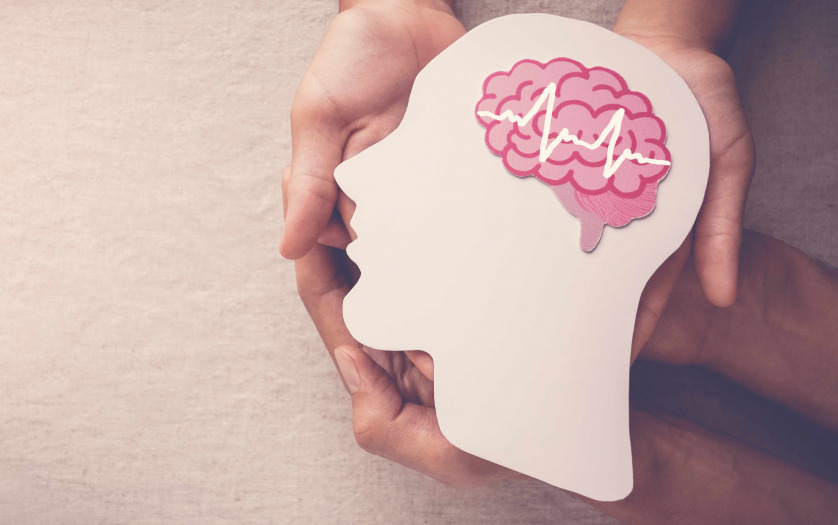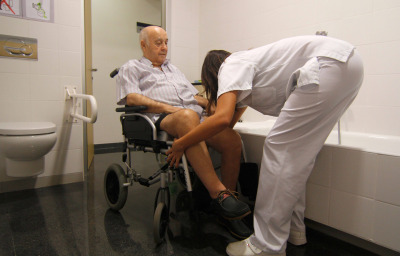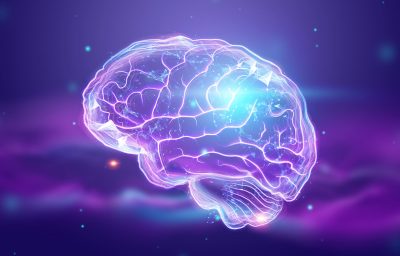
WHO’s Intersectoral Global Action Plan (IGAP) on epilepsy and other neurological disorders, published today in all six UN languages, sets out the actions needed to improve access to care and treatment for people living with neurological disorders through a comprehensive, coordinated response across sectors.
Neurological disorders are the leading cause of disability-adjusted life years and a 2020 Lancet paper cites them as the second leading cause of death globally, accounting for 9 million deaths a year. Despite the high global burden of neurological conditions, access to both services and support for these conditions is insufficient, especially in low- and middle-income countries.
“The burden of neurological disorders is compounded by stigma and discrimination, which can hamper life opportunities, increase the risk of poverty, and lead to difficulties in accessing care,” writes Dr Tedros Adhanom Ghebreyesus, Director-General of the World Health Organization, in the foreword to the publication.
“The IGAP is a major step forward in global efforts to deliver an integrated and comprehensive response, which will allow more people living with neurological disorders to access the treatment and care they need and to live free of stigma and discrimination,” said Dr Dévora Kestel, WHO Director for Mental Health and Substance Use.
Developed by WHO in consultation with Member States and other key stakeholders including people living with neurological disorders, the action plan was endorsed at the 75th World Assembly in May 2022 under decision WHA 75 (11).
The action plan outlines five strategic objectives: to raise policy prioritization and strengthen governance; to provide effective, timely and responsive diagnosis, treatment and care; to implement strategies for promotion and prevention; to foster research and innovation and strengthen information systems; and to strengthen the public health approach to epilepsy.
Actions suggested under each strategic objective are aimed at countries and partners, with WHO providing technical support and guidance in the implementation of the plan.
There are 10 global targets with measurable indicators to track the achievement of the objectives by 2031. To achieve these targets, the plan also outlines the close collaboration required between stakeholders in the health sector and beyond, as well as the need to support the participation and empowerment of people with neurological disorders, their carers and families.








